vjb.knife
Platinum Member
- Joined
- Feb 2, 2002
- Messages
- 1,716
I have been collecting knives for a long time, like 50 years or so, but I have to admit that I don't know much of anything about traditional knives. Show me some old Gerbers, Benchmades / Pacific cutlery, SOG, Cold Steel, Benchmarks, etc. And I am pretty well versed, but Case, Buck, Old timer and those I just don't have knowledge of them at all. So I am coming here for some help with a few knives that my Father owned and never really used for the most part. If I had to guess they are probably anywhere from the 1960's to the 1990's, (sorry for the wide window) I just don't have any idea when he bought them. I would appreciate any kind of info on them that you guys are willing to impart, age, nomenclature rarity, collectibility, if any, etc.. I am hoping that the boxes actually match the knives. I am going to throw some pictures up because that is as good as I can do to describe them other than condition. Thanks in advance for any info.
This Buck Stockman is in what looks like unused condition but has some rust.
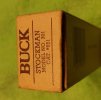
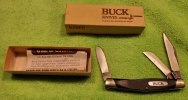
Case Copperhead - this one is in excellent condition.

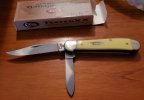
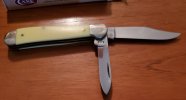
This schrade appears to be unused but again a little corrosion
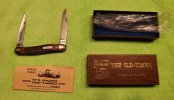
Another Schrade also looks unused but has a few rust spots.
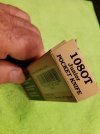
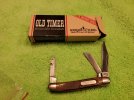
This little Imperial knife is pretty rough looking but it might not have been used, it's very small.

This Buck Stockman is in what looks like unused condition but has some rust.


Case Copperhead - this one is in excellent condition.



This schrade appears to be unused but again a little corrosion

Another Schrade also looks unused but has a few rust spots.


This little Imperial knife is pretty rough looking but it might not have been used, it's very small.

